Chiggers: Symptoms And How To Get Rid Of Them
Chiggers are an ongoing problem all over the world. Everyday someone from across the globe comes home with a rash of unknown origin after spending some time outdoors. How to recognize that a rash is due to a chiggers bite? What to do with it when it had already happened? You will find the answers in this article!
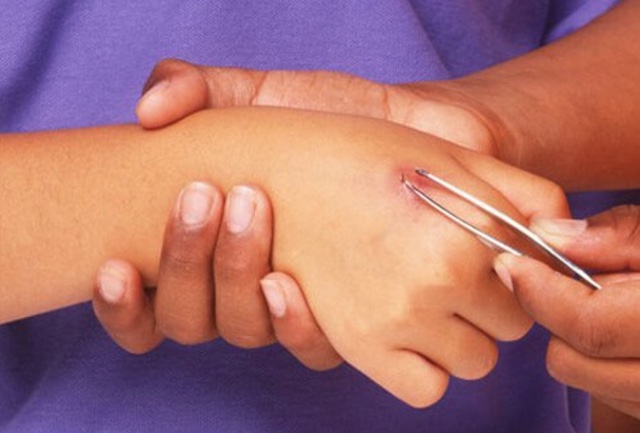
First and foremost, what are chiggers?
What might come off as a surprise to you, they are no insects; they are rather close relatives of the arachnids among which spiders can be found. More precisely, they are members of a mites family called Trombiculidae. They are very small and not visible with a naked eye. Another thing good to know is that it’s not their adult forms that bite people but only the larval ones do so. Their full professional species name is Trombicula alfreddugesi.
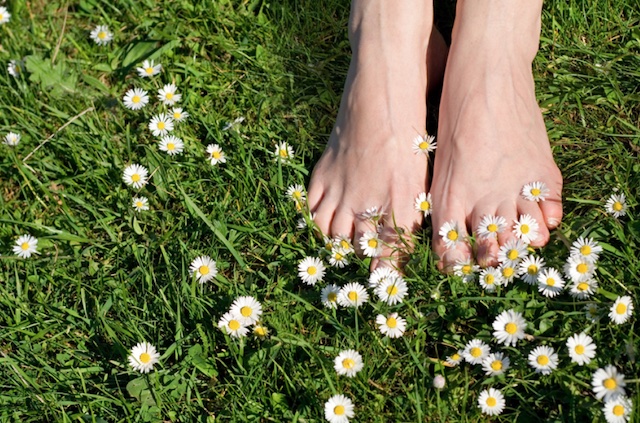
Where chiggers can be found?
The mites can usually be found outdoors on low lying plants near tall and grassy wooded areas or around water. When they have an occasion, they attach to someone’s clothing, later migrate to one’s skin in search for an optimal feeding site.
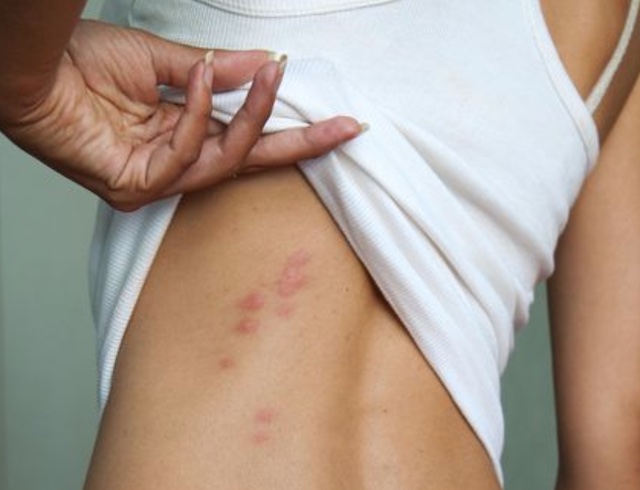
What happens when a mite is on the skin?
After a larva gets comfortable at one particular site, it releases a proteolytic enzyme which forms a stylostome - a channel - like formation getting deep into the layers of the skin. Contrarily to a popular belief, chiggers themselves do not burrow into the skin but they stay attached to the surface of the stylostome for the whole length of their stay - they do not have needle - shaped structures to do that. As earlier said, their proteolytic enzyme cares for that - proteolytic means it dissolves building proteins. The enzyme is also the cause of pruritis or itching.
Do chiggers prefer any particular locations on the skin?
Because, as previously mentioned, they have a preference for low lands, they tend to attach to the lower parts of the body like legs or even the genital area. They could also end up on the armpits but it’s not as common. They like a damp, warm environment so they will look for skin folds or the areas where the clothing tightly embraces a body part.
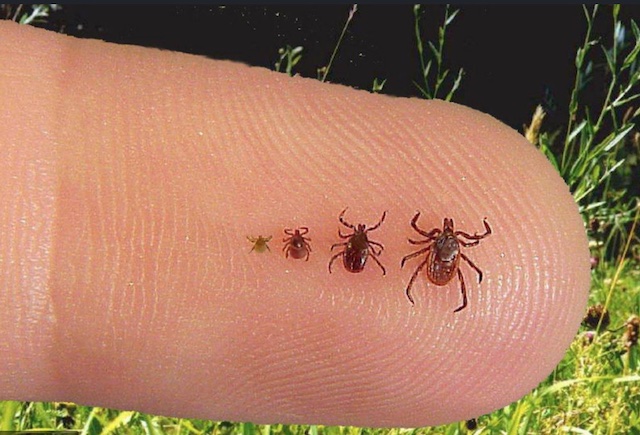
How does a chiggers rash look like?
First of all, the rash itches because of the proteolytic enzyme being secreted, that’s one symptom. It is the most intense in the first 24 - 48 hours, after that it gradually subsides. When it comes to the appearance of the rash, it can vary from person to person. Mostly there are papules (small, hard elevations of the skin) mixed with vesicles (structures filled with fluid) with surrounding erythema (skin reddening; see the picture below). Pustules filled with pus may also be present. The rash or profesionally called chiggers dermatitis can take up to two weeks to completely resolve. Moreover, if the rash is present in the genital area, dysuria (painful urination) may also pose a problem.
Do chiggers bite all year round?
Whether the larvae bite or not is strictly related to the surroundings’ temperature. They do not bite if it is colder than 58F or hotter than 98,6F. Within this temperature range there’s always some risk.
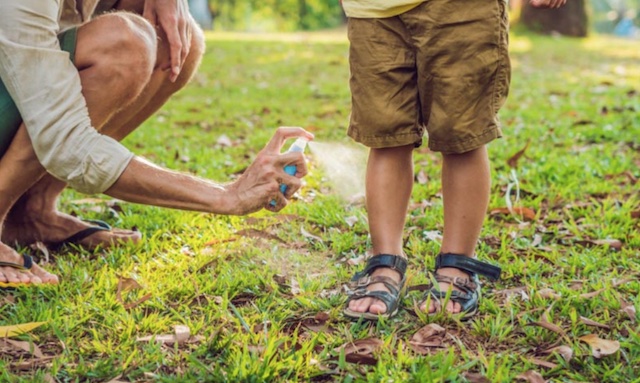
How to prevent it?
What’s definitively a priority is proper protective clothing. Make sure to cover as much skin surface as possible when going outdoors, especially the lower body parts. You can also use an anti - bug spray or essential oils containing camphor and menthol - substances of potent antiseptic properties.
How to treat it?
If you would like to go for a home remedy, the aforementioned camphor and menthol is the answer. A dermatologist can also prescribe you corticosteroid or antihistamine creams which will relieve the symptoms. Solutions like alcohol, nail polish or bleach are not beneficial at all since chiggers do not burrow into the skin.
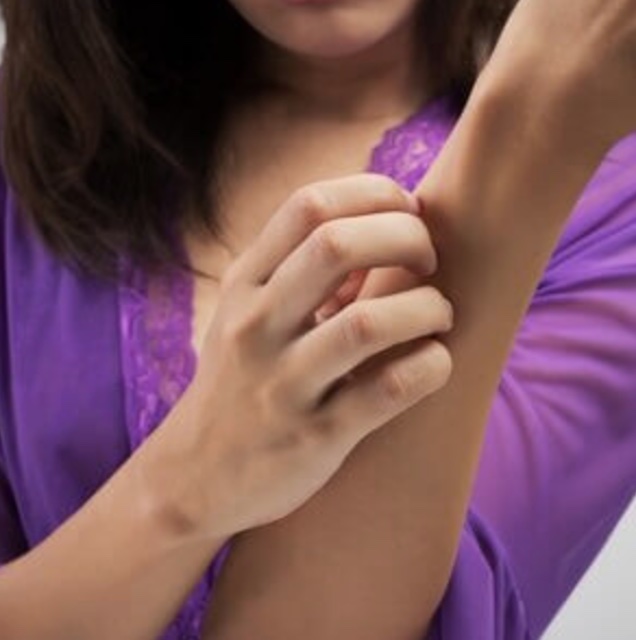
Can there be any repercussions of the bite?
Some chiggers, especially the ones of Eastern Asia, carry bacteria of the Rickettsia group. Appearance wise, the rash with change into tough black scabs surrounded by elevated, reddened areola. A person may get so - called scrub typhus which, besides the different skin lesions, can cause fever, chills, headache, body aches, muscle pain, enlarged lymph nodes or even mood and mental changes. If it is severe , it can be fatal when left untreated.
, it can be fatal when left untreated.
updates?
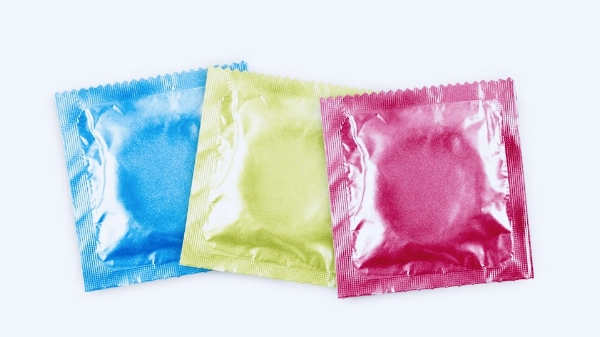


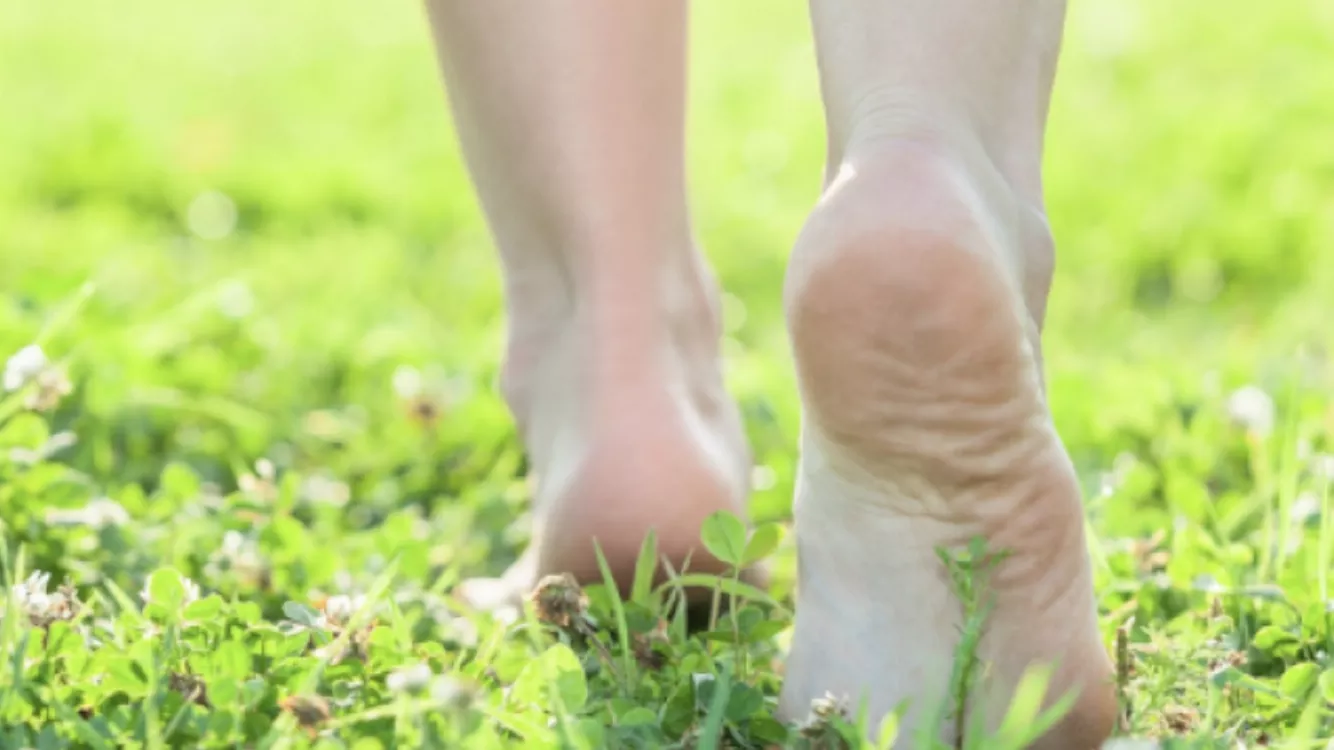






0